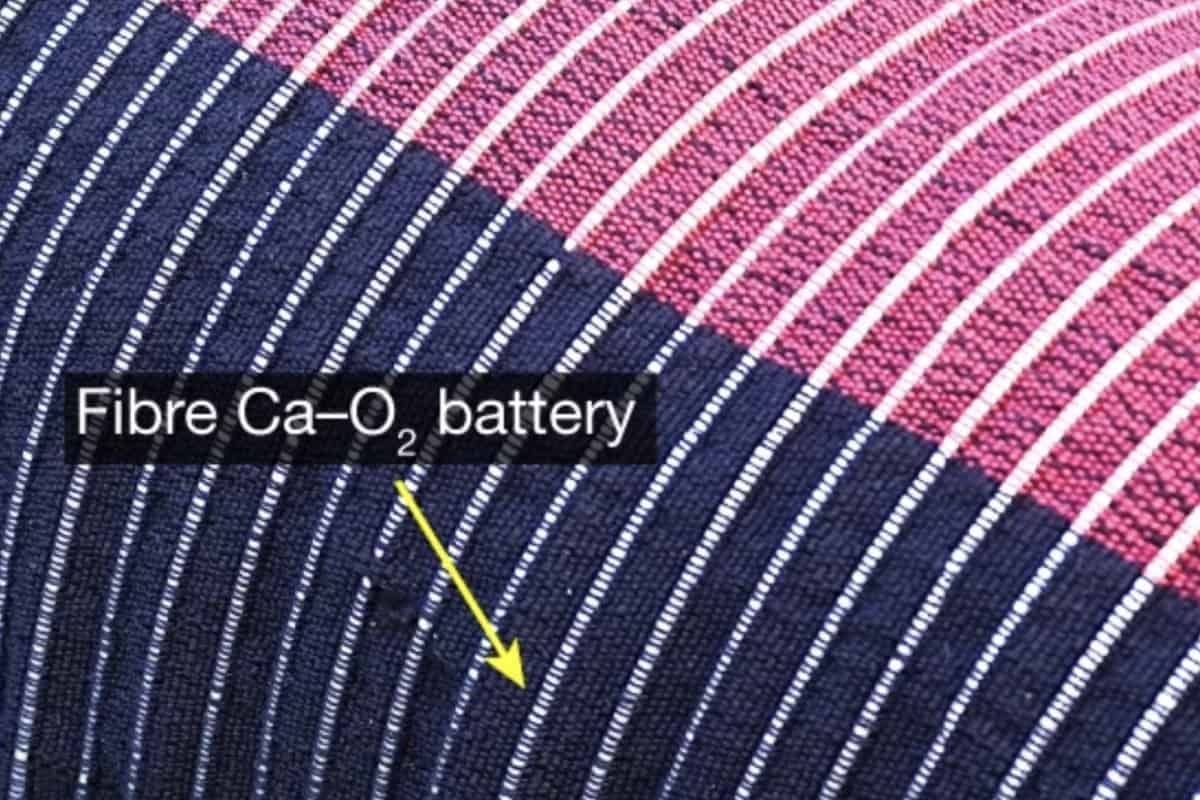
The team also incorporated their calcium-oxygen device into fibres to create a flexible textile battery that could power a smartphone.
Made from a metal 2,500 times more abundant than lithium, their battery was able to stably charge and discharge completely 700 times at room temperature – a first for the calcium-based technology.
“[The battery could turn] calcium chemistry into a promising, sustainable energy-storage technology,” the team from China’s Fudan University said in a paper published in the peer-reviewed journal Nature.
Lithium-ion batteries are known for their high energy density – or energy storage capacity relative to weight or size – and are the most widely used worldwide.
Batteries made from calcium were “expected to be cheaper and safer than lithium-ion batteries” while offering a comparable theoretical energy capacity, the paper said.
The team said that of the types of calcium-based batteries, calcium-oxygen systems had the “highest theoretical energy density”. This is because the fuel for the battery comes from oxygen in the air rather than a material stored inside the battery.
However, calcium-oxygen batteries do not operate stably at room temperature, and thus far a rechargeable battery capable of doing so had “not been achieved”, according to the paper published on Wednesday.
Finding an electrolyte – the component in a battery that enables it to charge and discharge – that did not cause calcium reactions that limited battery capacity had been a major challenge for researchers, the team wrote.
To solve this problem, the Fudan team created a liquid-based electrolyte that could house both the calcium and oxygen components of the battery.
The rechargeable battery they produced could offer a cheaper alternative to lithium-based batteries, with potentially wide-ranging applications, the team said.
“The proposed calcium-oxygen battery is stable in air and can be made into flexible fibres that are weaved into textile batteries for next-generation wearable systems,” the team wrote.
After depositing the components of the battery onto fibres, the researchers found that their fibre battery was able to operate stably even when bent from zero to 180 degrees.
“Using a commercial braiding machine, we wove these fibre batteries into breathable and flexible battery textiles that can power electronic devices such as mobile phones,” the paper said.
While the performance and capacity of their battery was still limited, the team said further engineering could improve the operation of their battery, and that their research also opened more avenues to produce calcium batteries with other materials.
